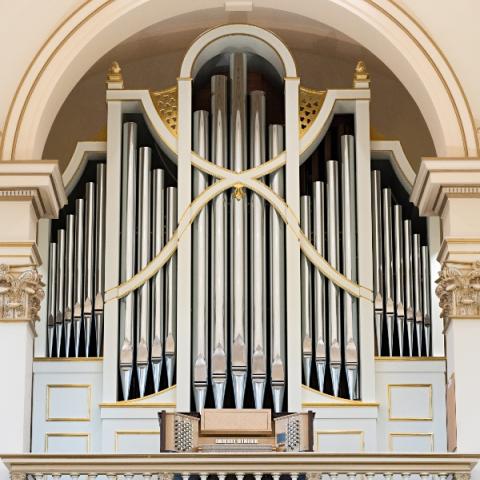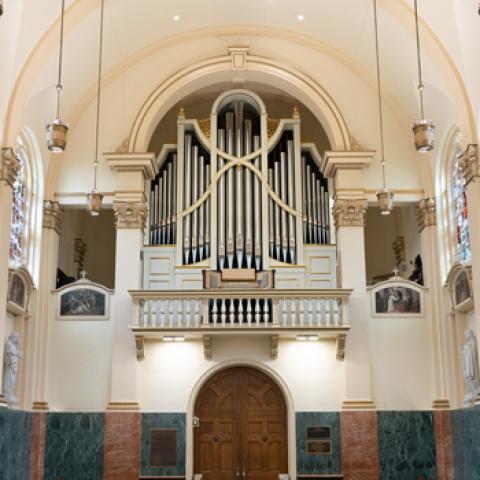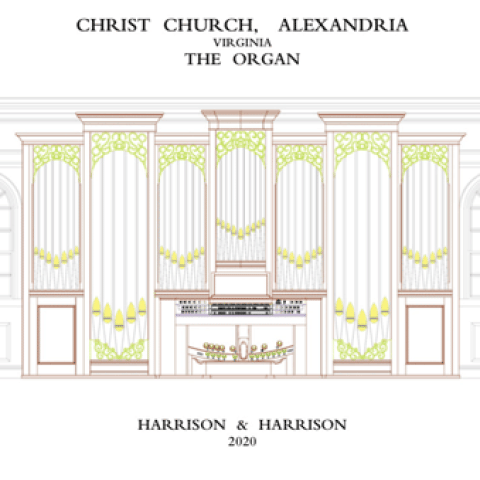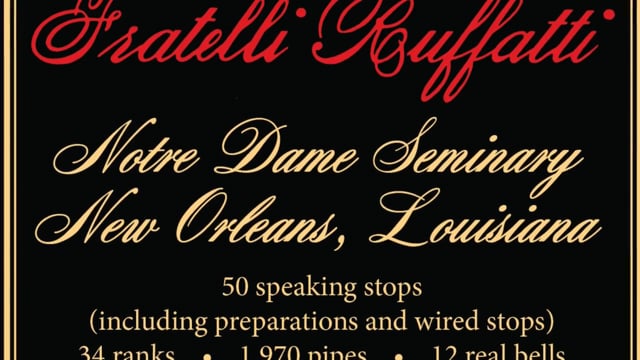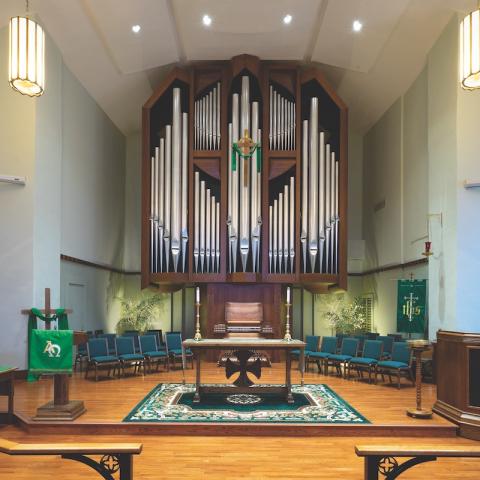
Fratelli Ruffatti is building a new organ for Notre Dame Seminary, New Orleans, Louisiana. The two-manual instrument comprises 42 stops and 34 ranks. In addition to an unenclosed Great division, it features enclosed Great and Swell divisions, both of which use the new hyper-dynamic expression system developed by Ruffatti, which enhances the efficiency of the expression chambers. There are a separate set of intra- and inter-manual couplers for the enclosed Great stops.
The primary use of the instrument will be to support liturgy, and numerous foundation stops provide means for the accompaniment of choir and congregation. At the same time, the stoplist supports a wide range of repertoire for solo use.
For information: https://ruffatti.com/en/.
Other recent organbuilder news:

